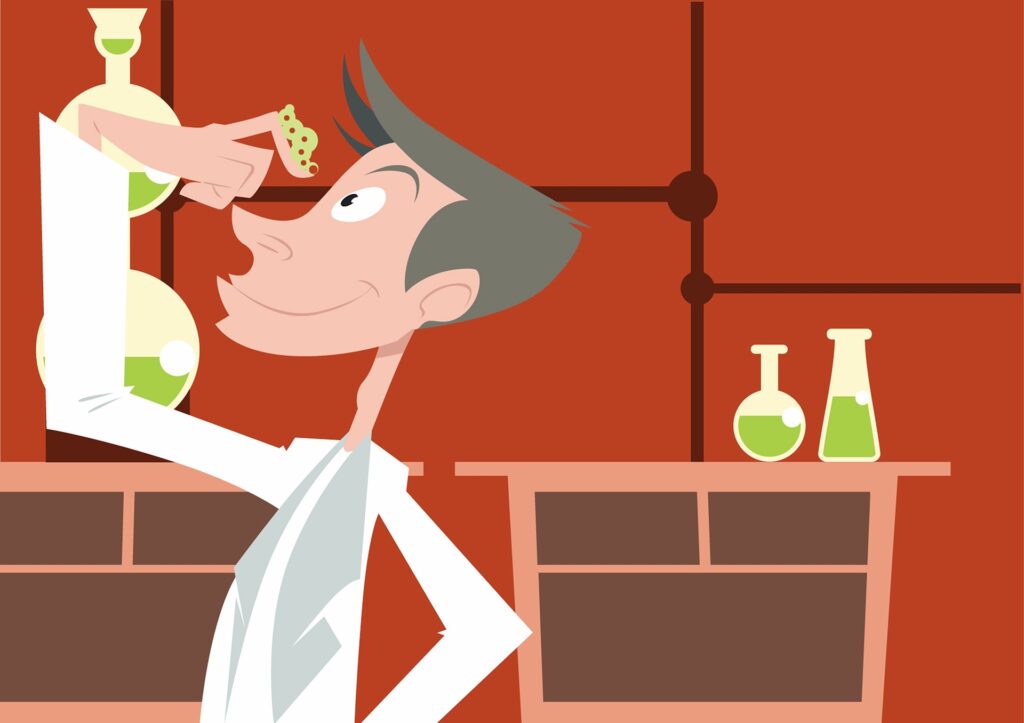Who was Dr. Homi Jahangeer Bhabha?
Dr. Homi Jahangeer Bhabha was born on 30th October, 1909, in an educated and rich Parsee family in Bombay. His father Sri. J.H. Bhabha was one of the well-known leading barristers of Bombay. Sri Bhabha had his primary education in Cathedral and John Canon High Schools in Bombay.

He had special interest in Mathematics. He passed the Senior Cambridge Examination at the age of 15 years. His father wanted to send him to Europe for higher education, but it could not come about because young man Bhabha was under age.
Therefore, he was admitted to the Alfiston college of Bomaby. There too, he showed his talents. After that, he was admitted to the Royal Society of Science. While studying there, he passed with distinction I.S.C. Examination of Bombay University.
Premature Life
Bhabha went to study in England and he was admitted in Gonwill Andkeayas College of Cambridge. There, displaying his extra normal intelligence, he passed with very good marks the Engineering Examination. Dr. Bhabha had great love for Mathematics and Physics, beyond engineering. He studied these subjects deeply. In 1930, he joined Keyas College of Cambridge.
Being interested in Physics, he devoted most of his time to its study. While studying in Cambridge, he had chances to deliver talks on Electricity, Magnetism, and also on topics related to Cosmic Rays in different countries of Europe.
Giving lectures in different countries made him famous far and wide. During this period he had chances to work with certain great experts. Working with them Dr. Bhabha did discoveries more than one.
In 1932, he got scholarship for studies of higher mathematics in Trinity College. Dr. Bhabha completed studies in Higher Mathematics and did many researches in Physics form 1934-1937.
In between he established the principles of Cascade Theory of Cosmic Ray Showers. As a result thereof, he was honoured with the degree of Ph.D. therefore having done his schooling and studies. He came back to India.
In Indian Science Institute
When he came back to India, Bhabha was appointed as a teacher of Physics in Indian Science Institute, in Bangalore in 1941. Thereafter he was made Professor in Cosmic Ray Research Centre. He worked there with full devotion and hard labour for three years. In 1941, he was Fellow of Royal Society, because of this he had to go to London.
He was honoured with Admes Award of Cambridge University in 1942 for building an institute for research in Physics, Dr. Bhabha wrote a letter to the Dorabji Tata Trust. On his request Dorabji Tata trust creates Tata institute of Fundamental Research of which Dr. Bhabha was the first director. For this Dr. Bhabha had to leave Bangalore, and went to Bombay to join as Executive of the Research Institute.
President in AE Commission
After Freedom, Atomic Energy Commission was established in 1948. Dr. Bhabha was nominated President of this Commission under Dr. Bhabha’s chairmanship the first programme of Atomic Energy was started in Trombay in April 1965.
The Atomic Energy Centre of Trombay is a big creation of Dr. Bhabha. The opening ceremony of this centre was performed by the builder of modern India, Pandit Jawaharlal Nehru. During his residence Dr. Bhabha hot built two atomic furnaces named ‘Apsara’ and ‘Jarlina’
Legacy of Dr. Bhabha
Nowadays many scientists institute in Trombay Dr. Bhabha did researches on many subjects in his life-time. Besides being a scientist, Dr. Bhabha was lover of art and music. He was fond of music since childhood. As a child, he weeps much. His father was much worried on this account. He was not cured of this melody even used to be played before him.
This method was made of use of. Gramophone used to be played before him. This method proved to be a success. On hearing the gramophone, his attention was diverted, and he stopped weeping. In this way, he gradually became lover of music.
He utilized much of his freedom in music and painting. Dr. Bhabha’s life was always very simple. He was always prepared to help others. To get better the systematic field was his only longing. He advised his students to work in this industry.
Last Gulp of Air
On 8th January, 1966, was the unlucky day of his going away forever, while the Jet Plane named Kanchanjangha carrying him from Bombay to Geneva dashed against the highest peak of Europe ‘Mount Blake’ and was destroyed and with this plane this unsullied star of the world of science moved out forever from the world. The Scientists of future will be much helped by Dr. Bhabha’s beyond price contributions to the world of Science.
